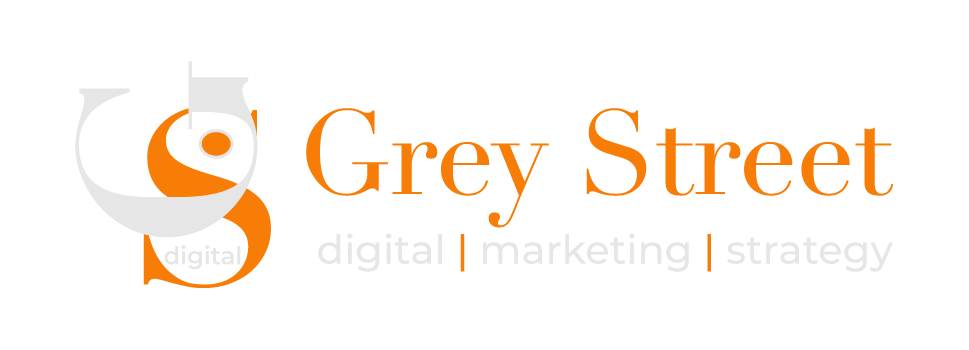Preparing For A Digital Marketing Ecosystem Without Cookies
In August 2019, Google announced in a blog post that they would be phasing out Third-Party cookies f rom its Chrome Browser by 2022, and pushing users and businesses to instead adopt Google’s proprietary “Privacy Sandbox”. While this change would only impact the Chrome browser, it represents nearly 46% of U. S. browser market share as of December 2020 (Apple’s Safari comes in second at 38%, and the next highest, Edge, is closer to 5%). Clearly, any large scale changes Google and Apple make will have a significant impact on the online marketing industry. Currently 84% of web traffic in the U. S. goes through these two giants.
While this is all being proposed and promoted under the banner of end-user privacy, Google stands much to gain by developing an in-house solution. Nevertheless, we have no choice but to adapt. Today, cookies are the delivery mechanism for two of the most crucial aspects of digital marketing: targeting and measurement.
Many cookieless solutions have been gaining momentum over the past few years, from contextual, whitelist, and PMP deals leveraging Device IDs. These solutions already provide a valuable alternative to the cookie, as users have become more aware and given more options to block or clear cookies f rom their browsers on a regular basis. However, cookie-based solutions are still the meat and potatoes of digital advertising despite the new tech’s increased market share recently. Cookies drive third-party demographic and behavioral targeting, site retargeting, site analytics, DSP reporting, and online attribution tracking.
Despite skepticism that Google will actually go through with this (much of their current model relies heavily on cookies and non-Chrome traffic), the industry is not sitting on its thumbs waiting to see how this pans out.
Our team is working closely with our technology partners to monitor the evolution of emerging alternatives, participate in Beta testing programs relevant to our customer base, and ultimately prepare to pivot when the time comes. As of this writing, the most significant developments come from an alliance of some of the largest players in the space that aren’t Google or Apple.
Unified ID 2.0 (UID2)
Building upon a Framework outlined by the Interactive Advertising Bureau (IAB), The TradeDesk and LiveRamp have joined forces to develop an open-source, interoperable solution that is secure, privacy-friendly, transparent, and independently governed. They call this “Unified ID 2.0” or “UID2”. Much of this framework will leverage the philosophy and technologies that drive LiveRamp’s identityLink solutions. Shortly after this partnership was announced, Nielsen joined the effort, adding another data giant to the resource pool.
This new identifier aims not only to replace the cookie and enhance user privacy/transparency, but also to widen the reach of the technology, spanning all digital channels. This is particularly exciting as it aims to operate in areas where the cookie currently falls short i.e. Streaming TV, Mobile Apps, etc., all with a single ID.
We are excited to partner with this effort and are working to participate in beta tests tied to Unified ID 2.0 as early as Q1 2021. A key takeaway here is that we are all aiming to develop a new infrastructure that will not effectively restart the industry, but rather replace the mechanism (the cookie) with another ID that accomplishes much of the same with regards to granular, relevant targeting and measurement without upsetting the apple cart. We expect the evolution towards more relevant advertising, along with increased user privacy and control is not only possible but will become a reality in 2021.
We will continue to watch the horizon, vet new technologies, and ensure that our partners and advertisers are educated and prepared for any necessary changes. We will be providing quarterly updates, if not more frequently as developments are announced and realized.
Here are some of the most common products and services that rely on cookies, and those that do not:
Relies on Cookies
- Site Retargeting
- Online Conversion Tracking
- Behavioral Targeting
- Demographic Targeting
- Search Retargeting
Does NOT Rely on Cookies
- Geo Targeting
- Content/ Contextual Targeting
- Device ID Targeting
- Foot Traffic/ POI Attribution
- Microproximity Targeting
- Native
- Streaming Radion
- Streaming TV (without audience targeting)
- IP Targeting























